
Handheld Cringe Device (photograph 1)
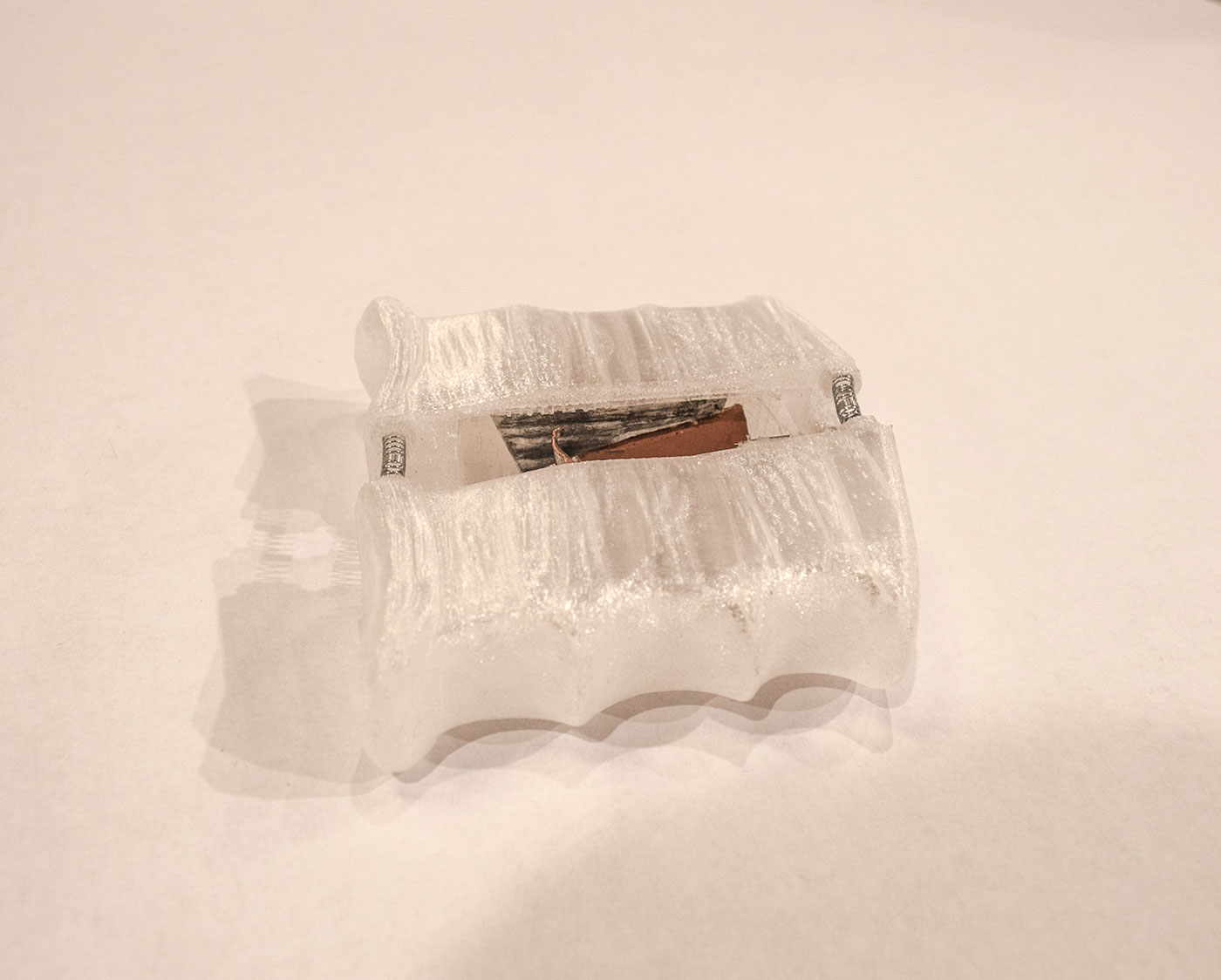
Handheld Cringe Device (photograph 2)

Handheld Cringe Device (photograph 3)
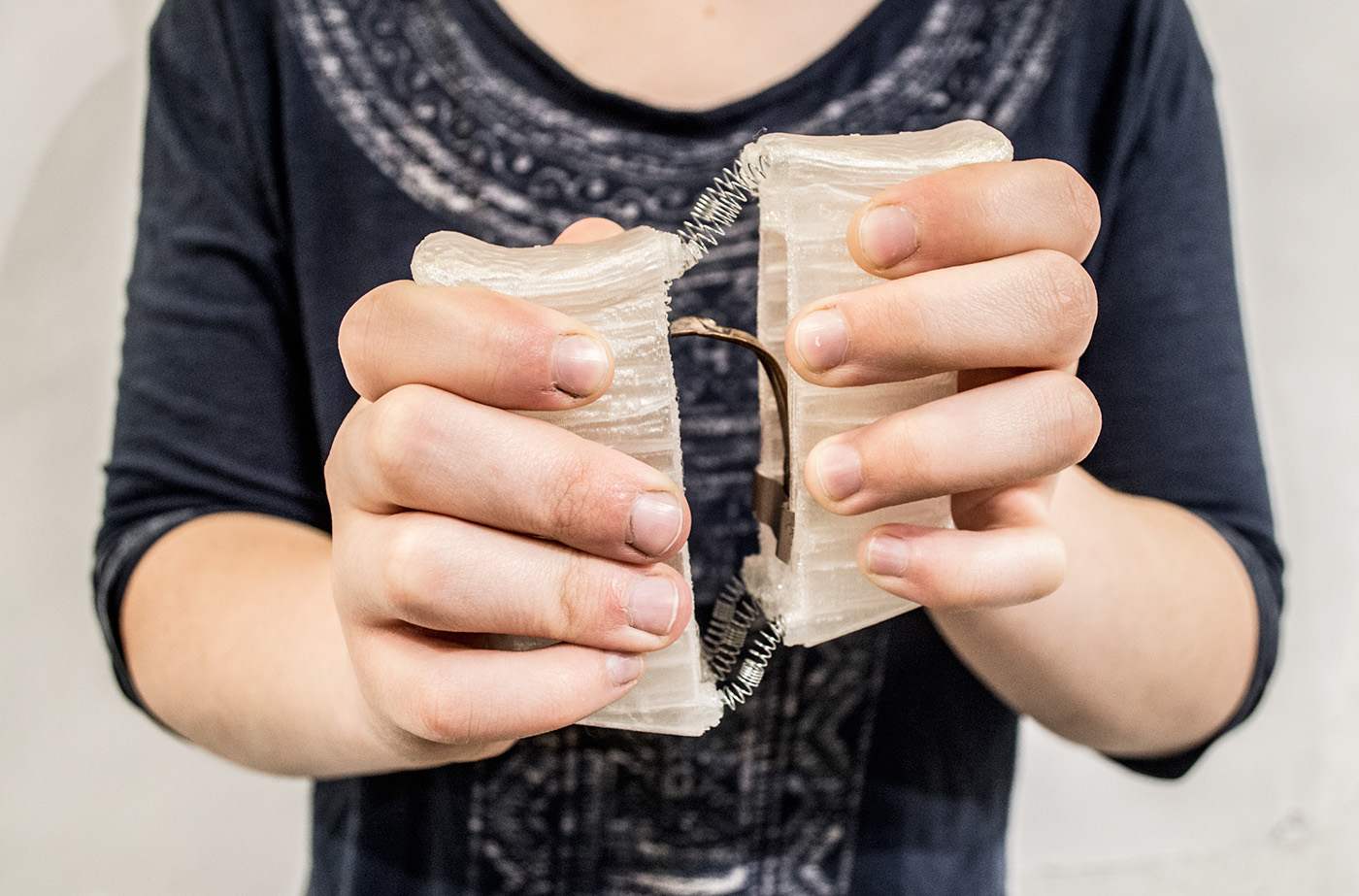
Handheld Cringe Device (in-use photograph 1)
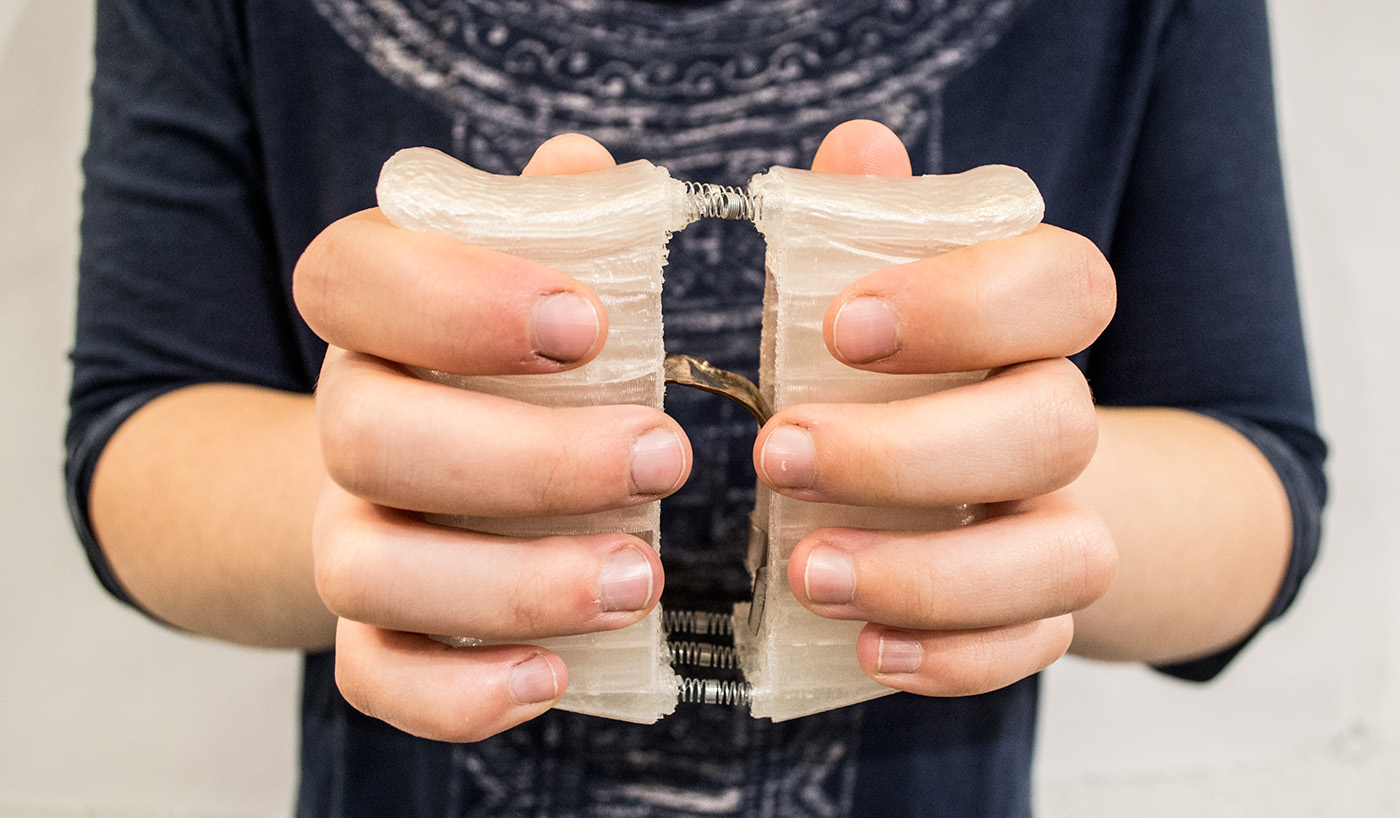
Handheld Cringe Device (in-use photograph 2)
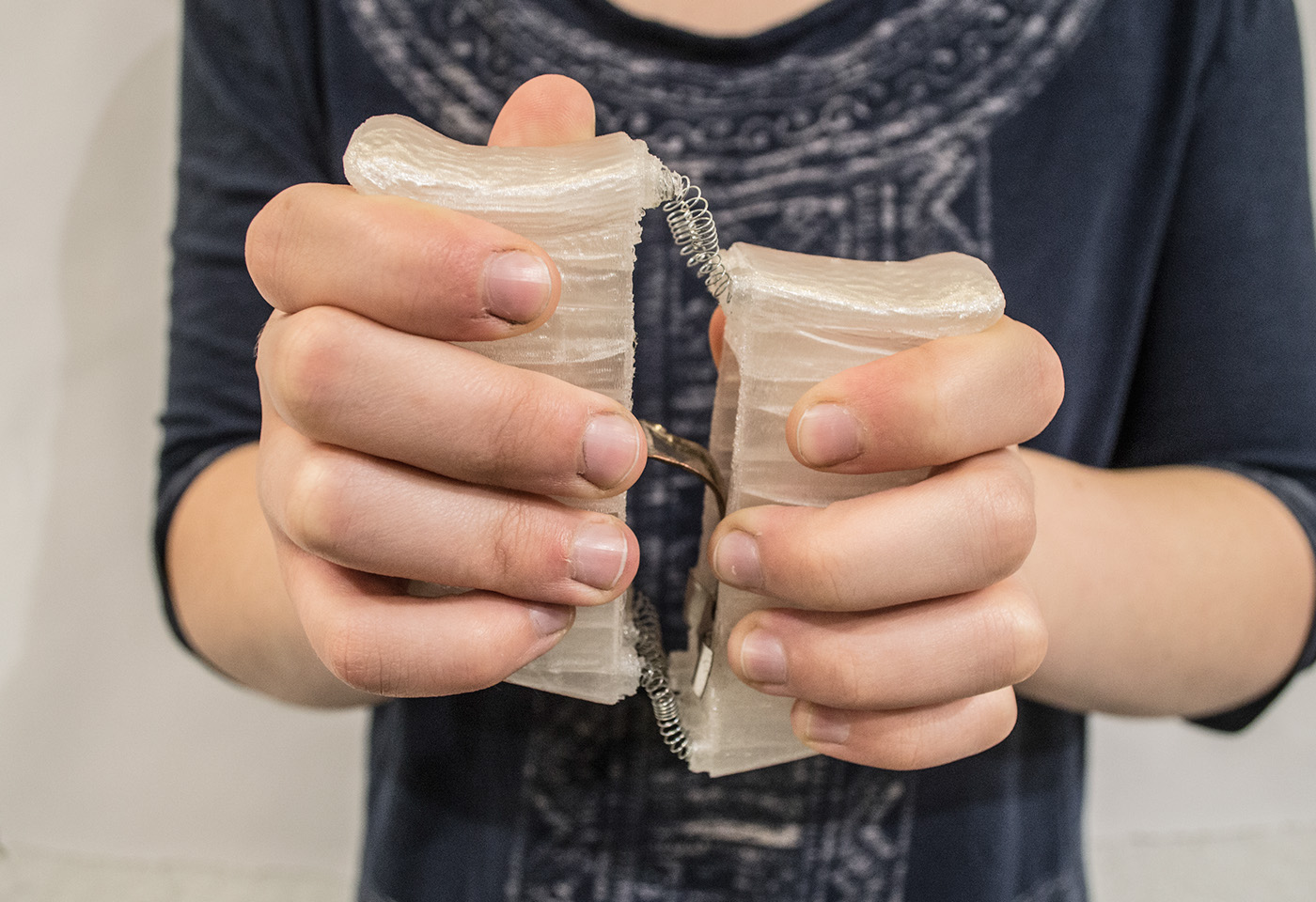
Handheld Cringe Device (in-use photograph 3)
Handheld Cringe Device Audio
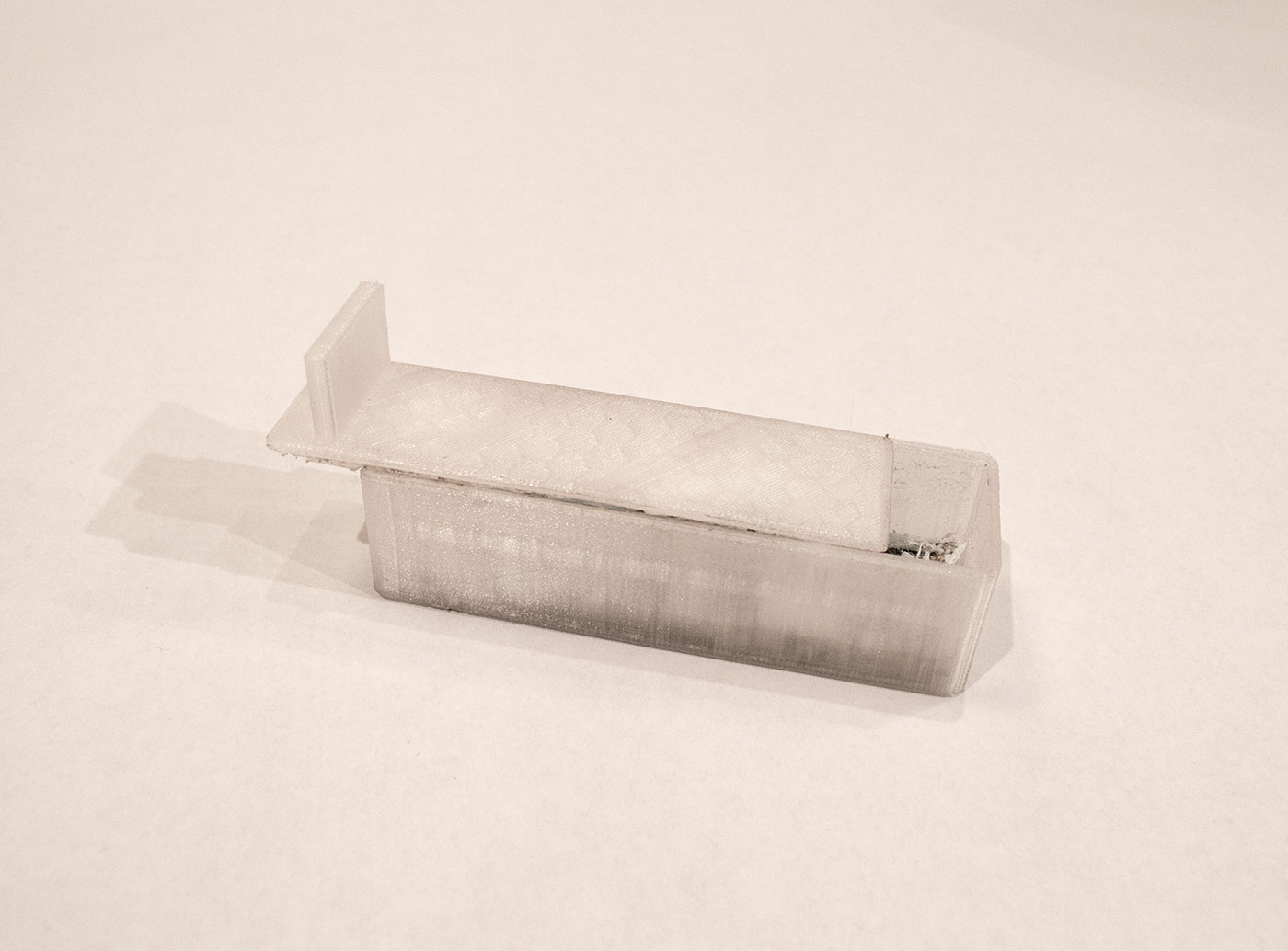
Sliding Box Cringe Device (photograph 1)

Sliding Box Cringe Device (photograph 2)
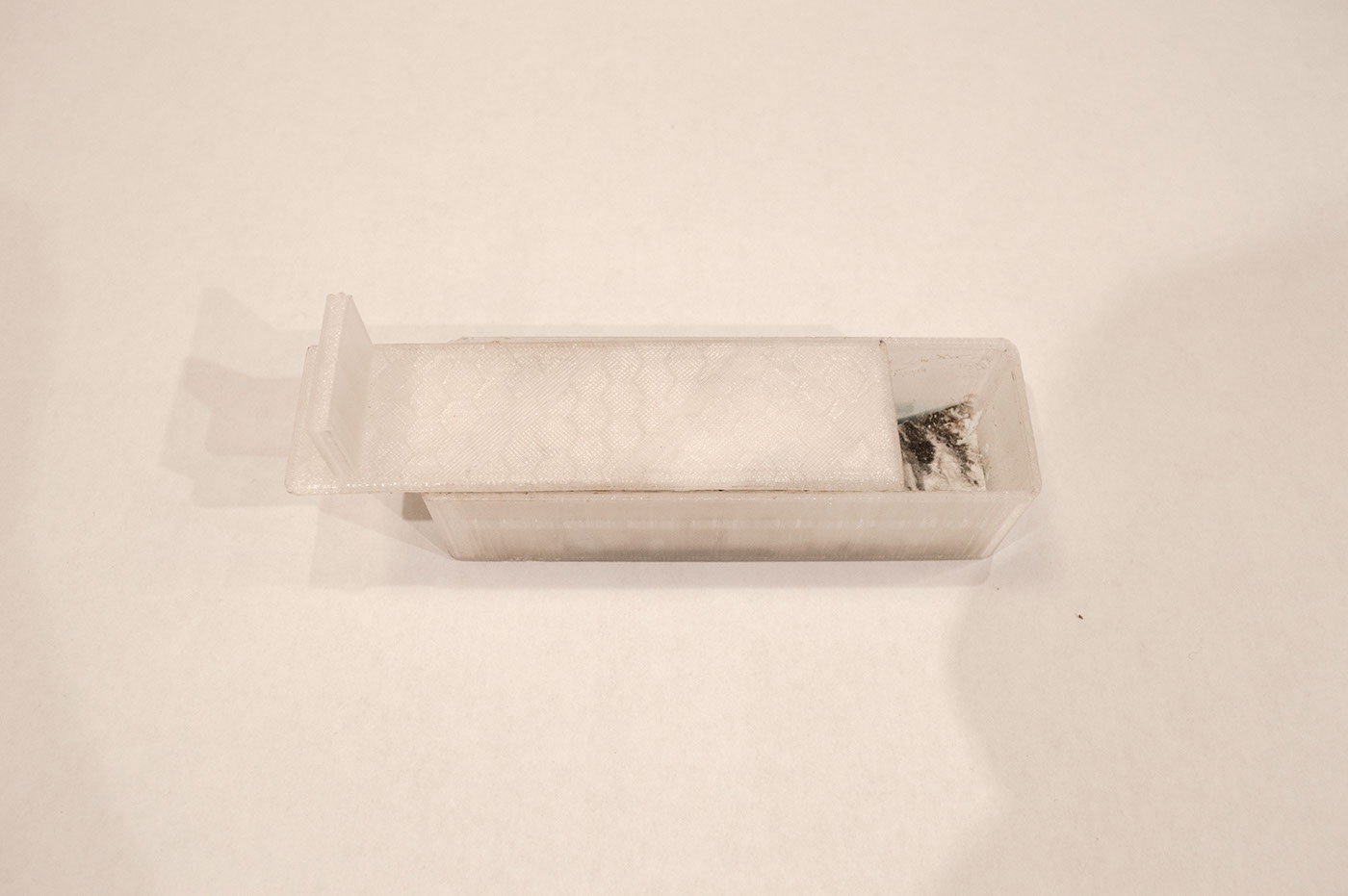
Sliding Box Cringe Device (photograph 3)
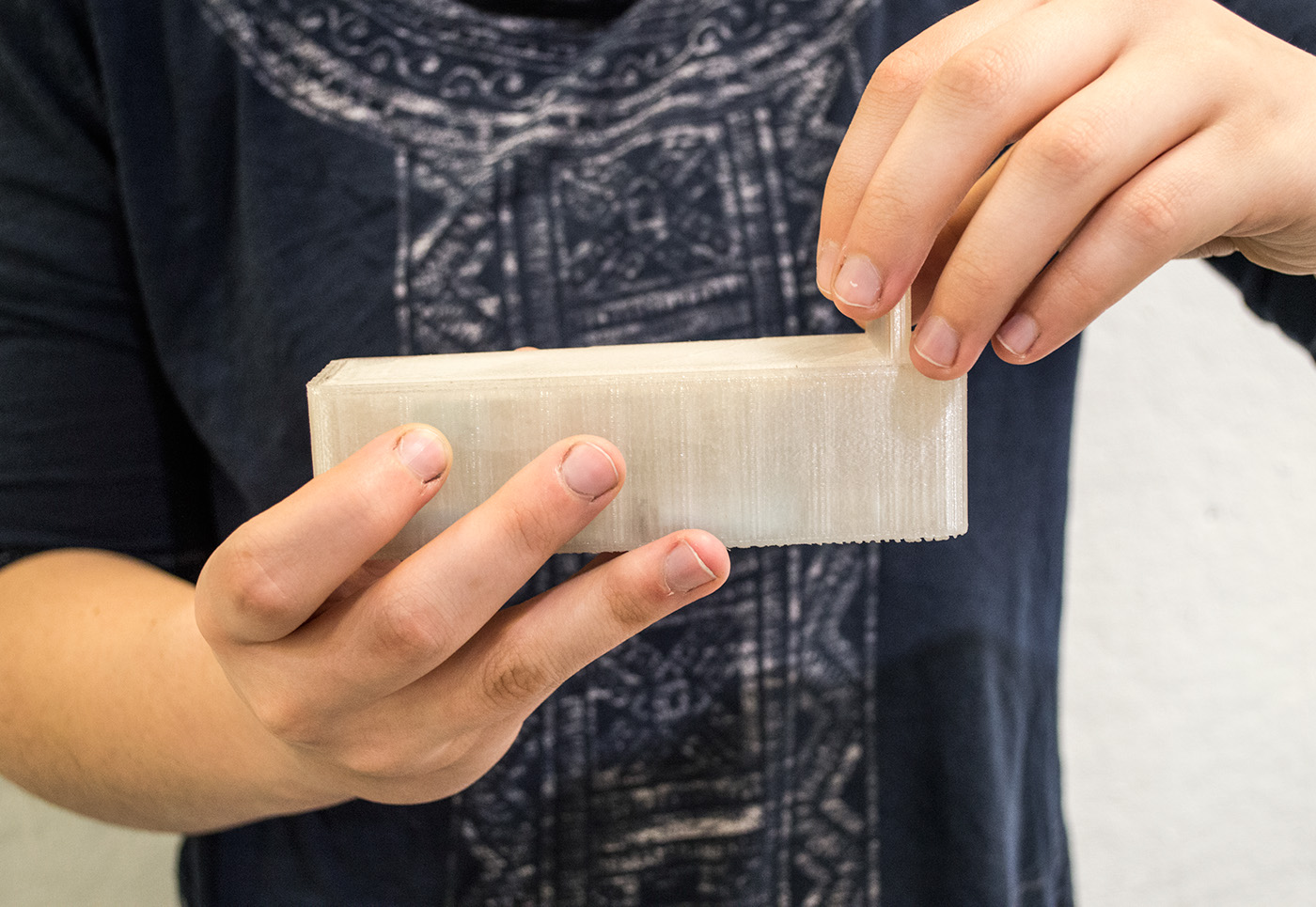
Sliding Box Cringe Device (in-use photograph 1)
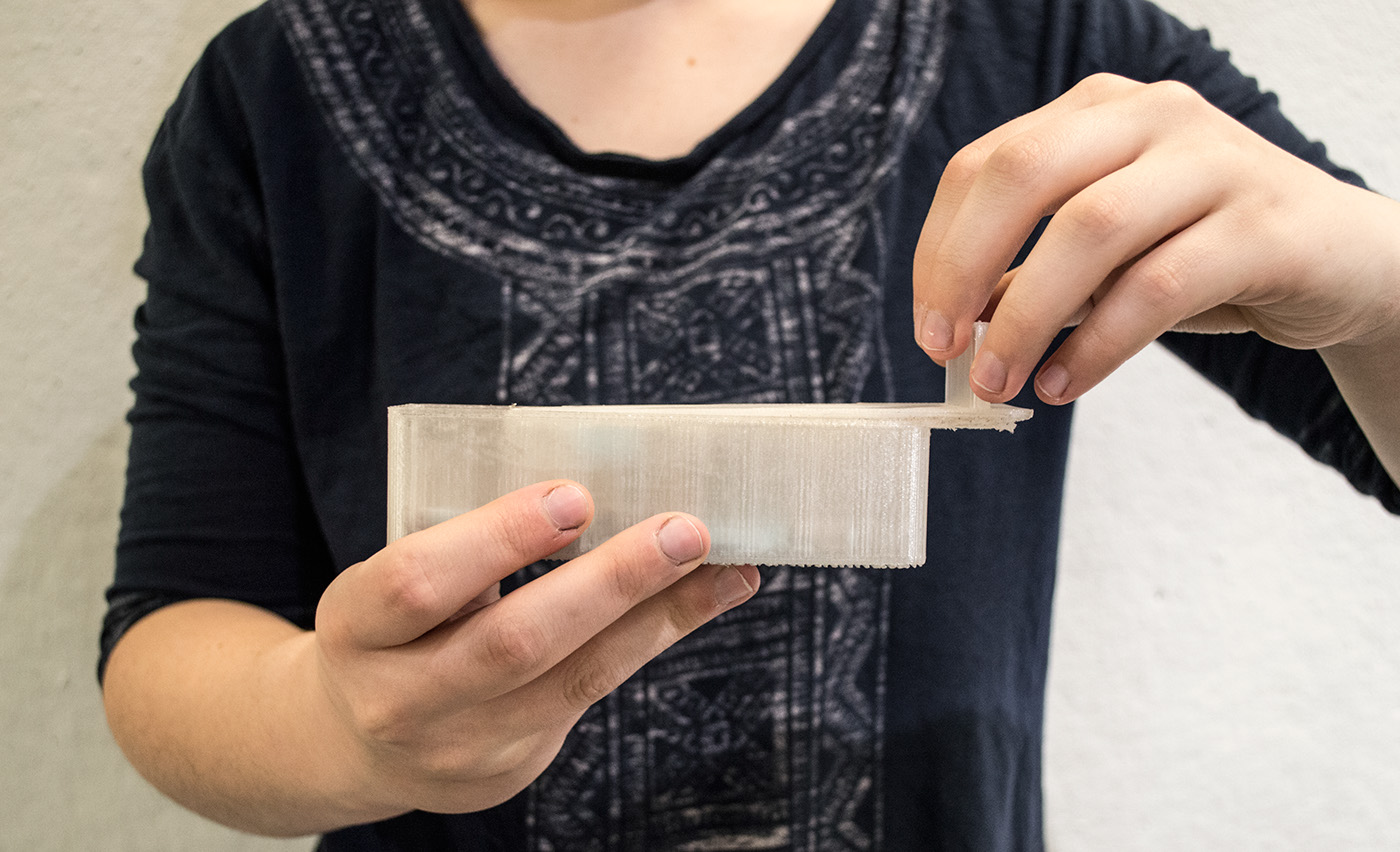
Sliding Box Cringe Device (in-use photograph 2)
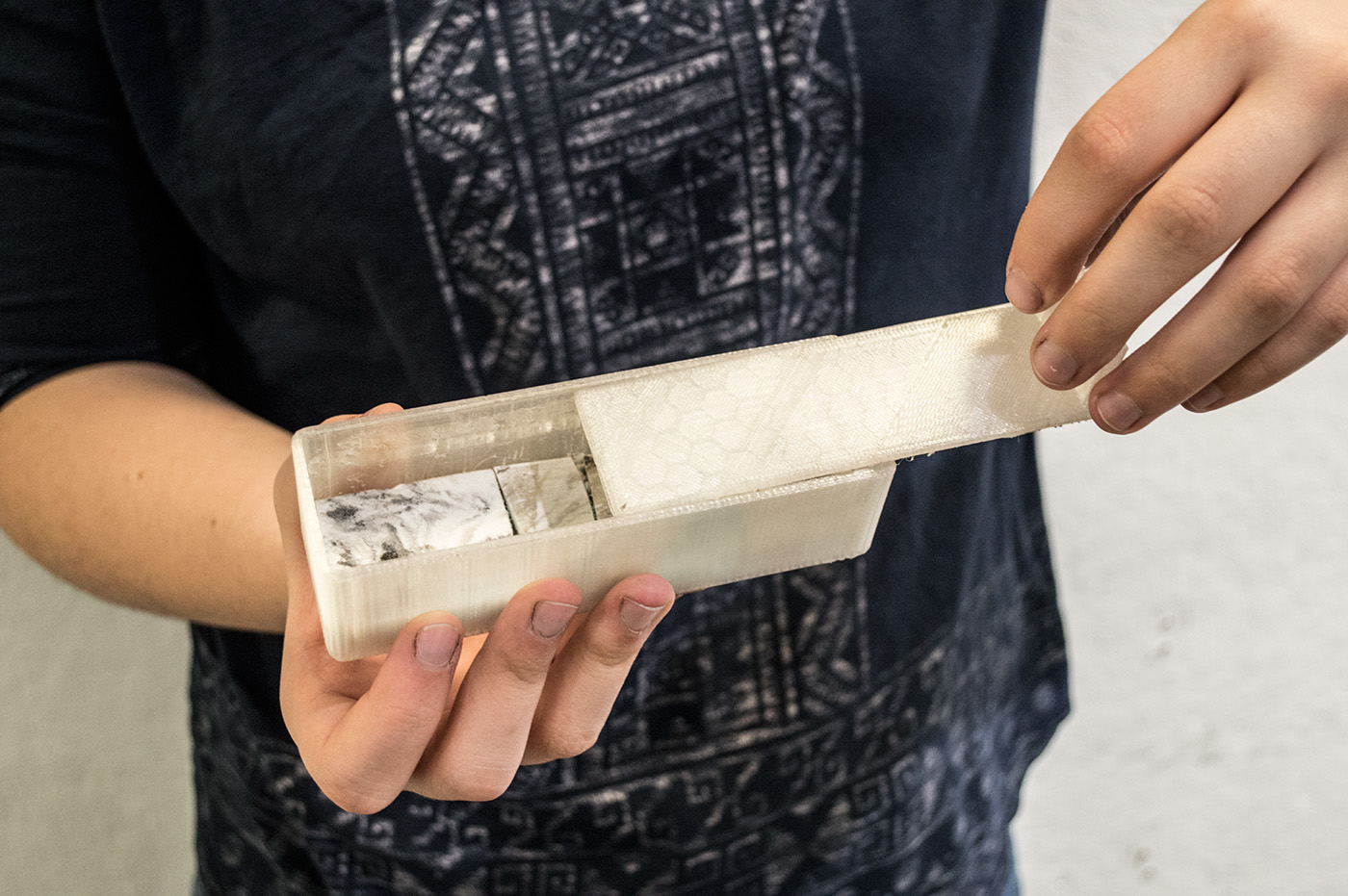
Sliding Box Cringe Device (in-use photograph 2)
Sliding Box Cringe Device Audio
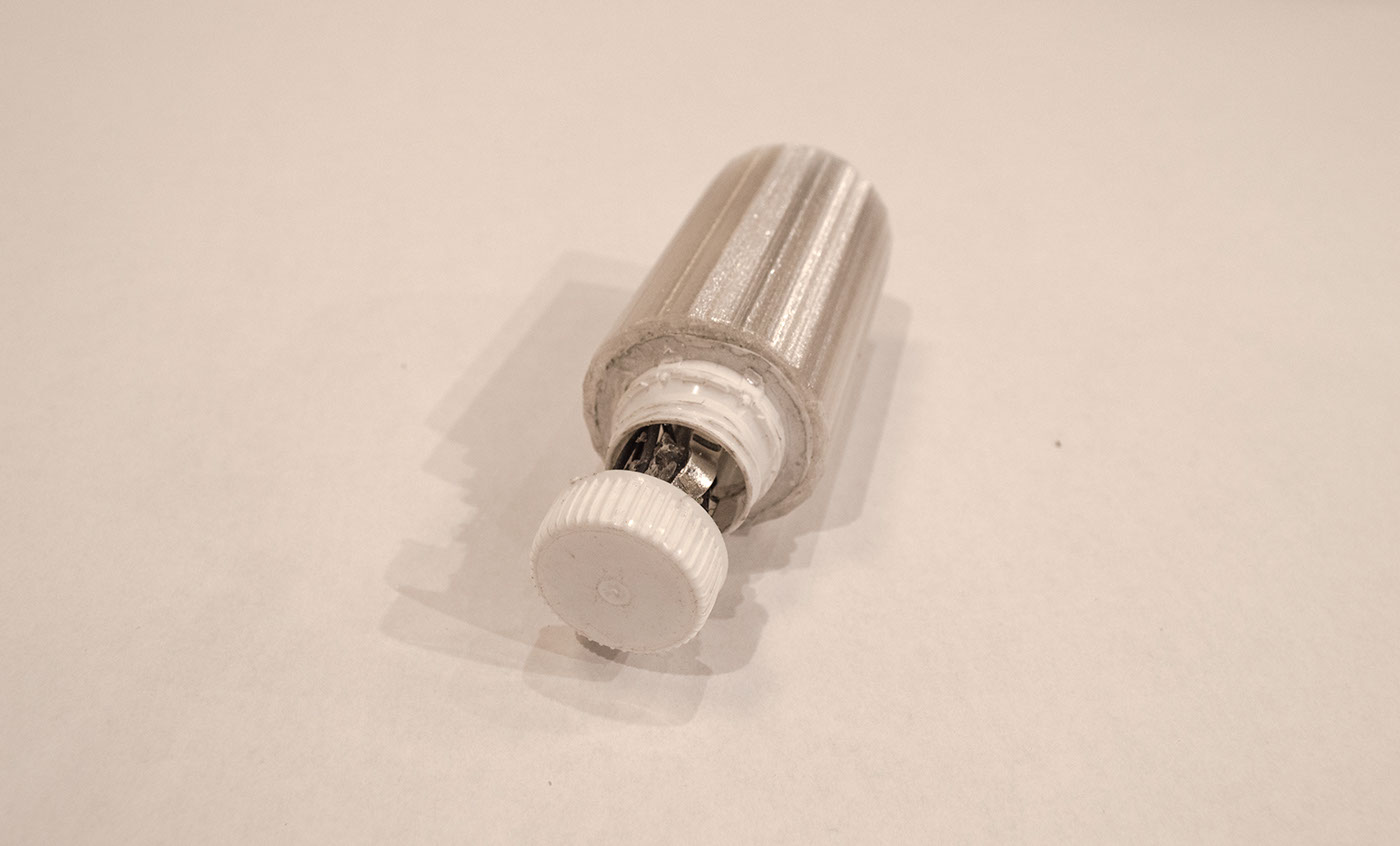
Twist Cringe Device (photograph 1)

Twist Cringe Device (photograph 2)

Twist Cringe Device (photograph 3)

Twist Cringe Device (in-use photograph 1)

Twist Cringe Device (in-use photograph 2)

Twist Cringe Device (in-use photograph 3)
Twist Cringe Device Audio
The Cringe Devices explore the relationship between function and purpose. They fulfill their purpose by creating gut-wrenching noises, yet are rendered functionless because no one would willingly subject themselves to auditory torture. If the cringe devices are functional through fulfilling their purpose, but that purpose is undesirable, can they still be considered functional?
The Devices generate sound by scraping various materials against each other in different ways. The Handheld Cringe Device (pictured first) uses metal on marble and a back-and-forth sliding motion. When the user slides the lid of the Sliding Box Cringe Device (pictured second), styrofoam scrapes against marble. The Twist Cringe Device (pictured third) generates the sound of metal scraping sandpaper and ceramic when its user twists its cap. These motions cause the user to create a viscerally disturbing sound as they explore the function of each piece.
The Devices generate sound by scraping various materials against each other in different ways. The Handheld Cringe Device (pictured first) uses metal on marble and a back-and-forth sliding motion. When the user slides the lid of the Sliding Box Cringe Device (pictured second), styrofoam scrapes against marble. The Twist Cringe Device (pictured third) generates the sound of metal scraping sandpaper and ceramic when its user twists its cap. These motions cause the user to create a viscerally disturbing sound as they explore the function of each piece.


